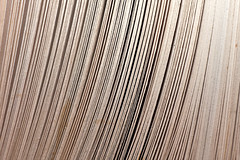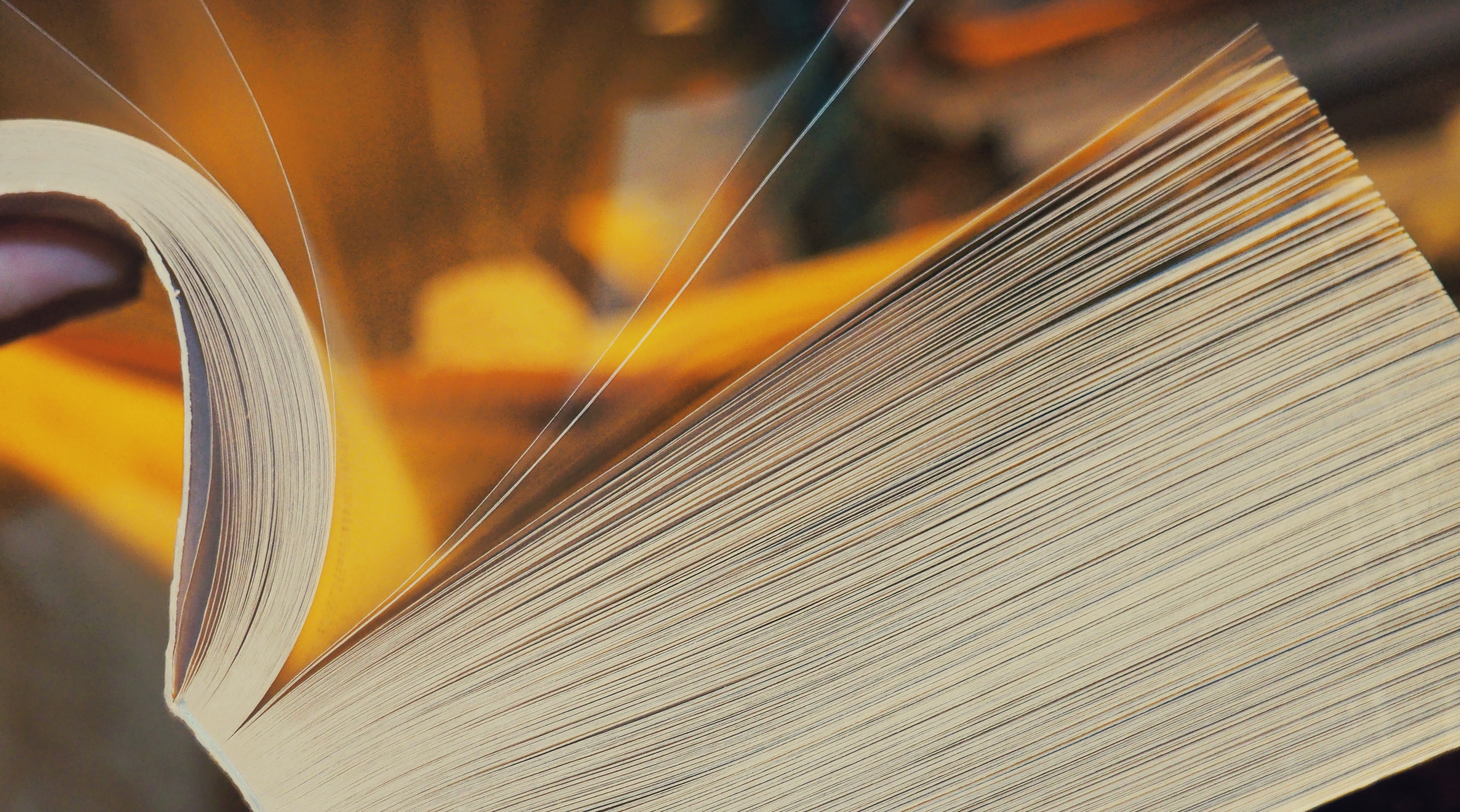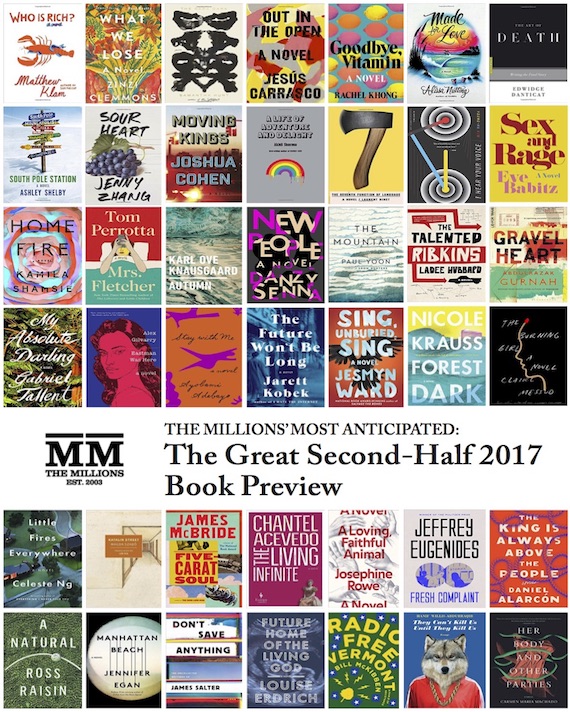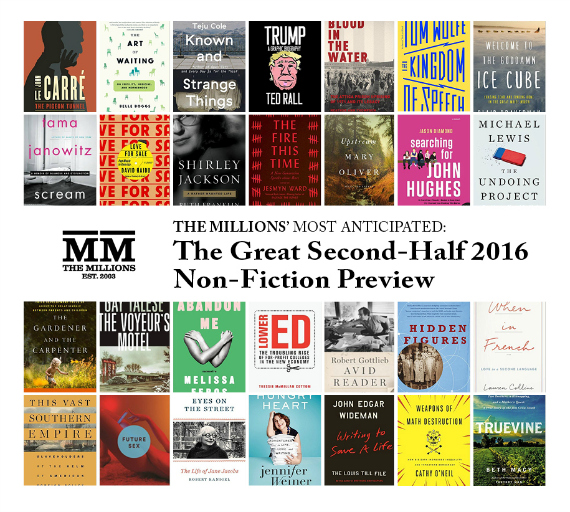 One might think that physical books are on the verge of extinction, given all the consternation over ebooks of late. There’s a faction in this debate that predicts that physical books will become something of a rarity as the ebook market matures and the technologies involved become ubiquitous.
One might think that physical books are on the verge of extinction, given all the consternation over ebooks of late. There’s a faction in this debate that predicts that physical books will become something of a rarity as the ebook market matures and the technologies involved become ubiquitous.
In a sleek, shiny, distant future, books may feel old and impossibly large, with too much physical mass and all these fussy pages put to use for the simple task of storing a tiny amount of data, data that is not searchable or copy and pasteable or malleable and interactive in the ways we expect of our data. These devices, one imagines, might seem incredibly blunt to our future selves, unitaskers in world where our gadgets and machines can do all.
And yet there is and will always be some beauty in books. And there will always be people who appreciate that beauty. Even if books eventually become the province of collectors and the peculiar few who fetishize them as objects, there will be attractive qualities to them. They are something like snowflakes or at least stamps, so many and so few alike.
Even now, books revel in their oldness. Rough-cut, or deckle-edge pages are popular flourishes on many editions. And beneath dust jackets are canvas covered boards, often with embossed lettering and archaic-looking monograms.
The deckle edge dates back to a time when you used to need a knife to read a book. Those rough edges simulate the look of pages that have been sliced open by the reader. The printing happened on large sheets of paper which were then folded into rectangles the size of the finished pages and bound. The reader then sliced open the folds.*
 Paper knives, variants of letter openers, were used for this purpose. Italo Calvino’s If on a Winter’s Night a Traveler, which speaks directly to the reader and describes the reader’s experience reading the novel, makes extensive reference to these literary knives:
Paper knives, variants of letter openers, were used for this purpose. Italo Calvino’s If on a Winter’s Night a Traveler, which speaks directly to the reader and describes the reader’s experience reading the novel, makes extensive reference to these literary knives:
This volume’s pages are uncut: a first obstacle opposing your impatience. Armed with a good paper knife, you prepare to penetrate its secrets. With a determined slash you cut your way between the title page and the beginning of the first chapter.
Opening a book can already feel like opening a gift. Armed with a knife and freeing the pages and the story hidden beneath the folds, it becomes something more, “a penetration of its secrets” and an act of discovery, shot through with a suggestion of violence and danger or of the painful gestation of the words themselves.
This act of cutting open pages to read a book has been lost (one imagines the paper knife arrangement wouldn’t go over well with the TSA), and right now, all over the world, people are reading their books on screens and the idea of even opening a cover and turning pages may one day seem odd as well.
This idea of the book as an anachronism may explain the persistence of the deckle edge, which is now created not by the reader with a knife but by leaving one edge of the page untrimmed during the printing and binding process.
Peggy Samedi, an associate production manager, told me that at Knopf where she works the deckle edge is part of the publisher’s “house style” along with certain other flourishes and fonts. It is typically used for more literary-oriented books and they see it as “something that harkens back to an older way.” It rises from the idea, she says, that “not everything has to be smooth and slick.”
Nonetheless, the production department at Knopf regularly fields calls from readers who complain about the ragged edges, assuming they are a mistake.
If you look closely at a deckle edge, even if you are looking at two copies of the same book, you’ll see slight variations in the edges. And from title to title and publisher to publisher, the quality and pattern of the edges varies more extensively, from a tight saw-tooth, when looking from the top of the book down the edge of the pages, to a more free-form ragged look. The deckle edge varies, not because it is made by hand, but because the machinery for making books varies slightly from factory to factory.
Perhaps this deckle edge is a way for publishers to prepare for the inevitable. As ebooks and ereaders contrive to make the reading process as simple as pushing a button, physical books will regress to older and older forms, so as to appeal more to the antiquated among us who still prefer them to their digital doppelgangers. Deckle-edges will prevail, uncut pages will re-emerge, embossing will become more elaborate.
In time it will be said, to own a book is to be a purist, and these are the books that purists will prefer.
*A reader wrote in with a correction/clarification to the above:
“There are two kinds of rough edges one can find in older books.
The deckle edge is an artifact of papermaking, in which the paper fiber seeps under the “deckle” (the wooden frame placed on top of a screen used to drain the slurry of fiber and water). Even before machine-made paper, the deckle edge was sometimes trimmed, sometimes not. From what I can tell, there wasn’t a sensibility about it before the advent of machine-made paper.
The separate issue of “unopened” (not “uncut”) pages has to do with the folding of a printed sheet, the signature, into the final book. Printers could, and often did, trim the edges and remove either the folded part of the signature there as well as the deckle edge. Or not. I’ve talked with book historians, and I can’t find a reason why some books had unopened pages and others not.
In any case, it results in two kinds of rough edges. The deckle edge as a result of the artifact of papermaking; and the unopened edge after being cut with a knife, which results from a decision made during binding. You can see the difference in examining a book, as the deckle edge is feathered and soft, while a knife-cut edge is rough and can be jagged. (It also depends on the “grain,” or the predominant direction in which the fibers are oriented, which affects how paper curls or stays straight, too. Books are usually printed with the grain perpendicular to the spine, so the pages don’t curl inward, but that results in a very jagged edge when the pages are cut.)”
[Image credit: Horia Varlan]







